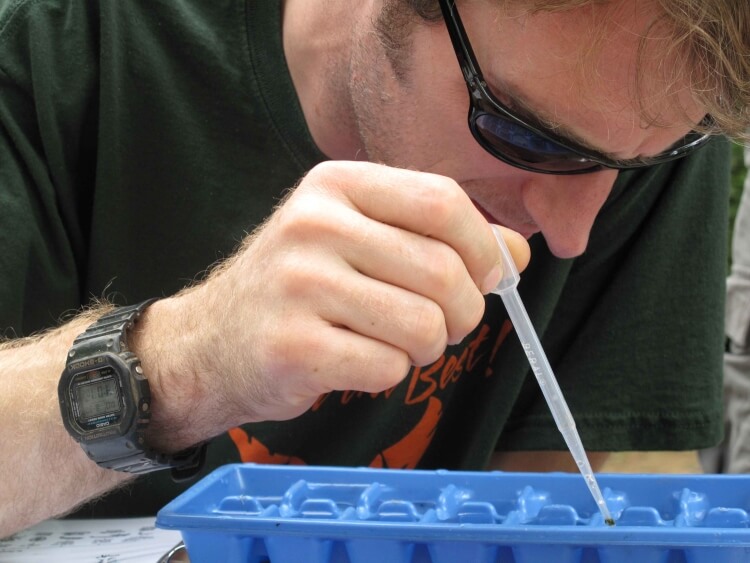human
ELISA kit for Platelet-Derived Growth Factor Receptor α,PDGFR-α
ELISA kit for Platelet-Derived Growth Factor Receptor α,PDGFR-α
Platelet-Derived Growth Factor Receptor α,PDGFR-α
ELISA Enzyme-linked immunosorbent assays Code 90320007 SNOMED
Human Platelet-Derived Growth Factor Receptor α,PDGFR-α ELISA kit
The product is intended to be used for research purposes only and it is not tested for application in diagnostics.
E05 478 566 350 170 or Enzyme-Linked Immunosorbent Assays,E05 478 566 350 170 or Enzyme-Linked Immunosorbent Assays
After delivery, the specialists from Gentaur/Genprice recommend you to store the product Human Platelet-Derived Growth Factor Receptor α,PDGFR-α ELISA kit
Aplha, transcription related growth factors and stimulating factors or repressing nuclear factors are complex subunits of proteins involved in cell differentiation. Complex subunit associated factors are involved in hybridoma growth, Eosinohils, eritroid proliferation and derived from promotor binding stimulating subunits on the DNA binding complex. NFKB 105 subunit for example is a polypetide gene enhancer of genes in B cells.Platelets, also called thrombocytes or cloth cells in blood and are needed to stop bleeding by clumping and clotting the blood the vessels when the an injury occurs. Teh bone marrow will produce the platelets that have no nucleus. Platelates are unique to mammals, the are curved shaped 1900nm to 3100 nm large nucleus free clothing structures.The receptors are ligand binding factors of type 1, 2 or 3 and protein-molecules that receive chemical-signals from outside a cell. When such chemical-signals couple or bind to a receptor, they cause some form of cellular/tissue-response, e.g. a change in the electrical-activity of a cell. In this sense, am olfactory receptor is a protein-molecule that recognizes and responds to endogenous-chemical signals, chemokinesor cytokines e.g. an acetylcholine-receptor recognizes and responds to its endogenous-ligand, acetylcholine. However, sometimes in pharmacology, the term is also used to include other proteins that are drug-targets, such as enzymes, transporters and ion-channels.
